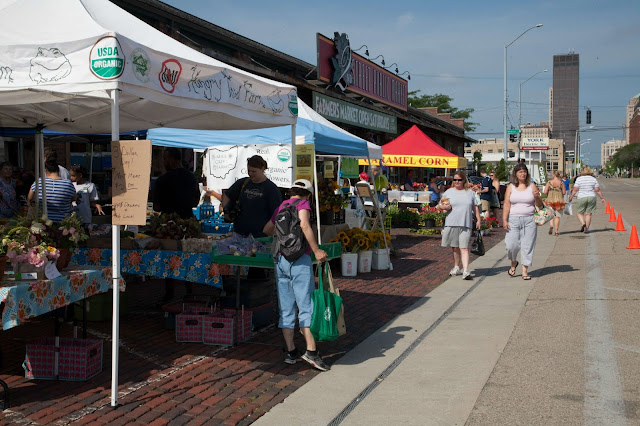A recipe for basic pizza dough, with a bit of honey, semolina and wheat flours to make a nice chewy crust that stands up to whatever toppings you'd like to use.
Follow me | Pinterest | Instagram | Facebook
This pizza dough is a good basic dough. I've been making it weekly for a couple of months now, and it fits with a variety of toppings and sauces. It's sturdy enough for a heavier topping or deep dish pizza, mild in flavor, and has a nice chewy crust.
Pizza dough is best made ahead. The dough has time to relax and chill, and so do you. Usually for me that means I throw the dough together sometime on Thursday for our family's Friday Night Pizza Night. Lately I've pushed the envelope on what 'make ahead' means. Typically I'm mixing up dough while my first cup of tea steeps, around 6 am, shaping it into a ball and bagging it, then chilling until I get off work or the kids get home from school. One of us transfers the dough bags to the counter to sit for 1-2 hours until it's back to room temperature. At dinnertime it's time to shape it, top it, and bake it as described in the photo exhaustive My Pizza Primer post.





